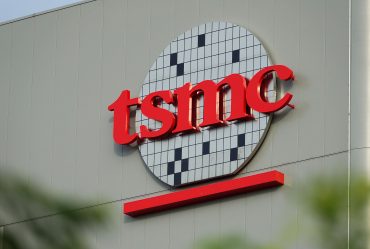

Tech Sector Shows Growth While Overall Hiring Hits 10-Year Low Despite Stable Employment Numbers
Key Facts
- The U.S. unemployment rate stands at 4.2% in May, yet hiring has reached its slowest pace in over a decade, with April marking the weakest employer hiring performance since August 2014
- Big Tech hiring volumes have increased by approximately 40% year-on-year, while U.S. tech spending is forecast to grow by 6.1% in 2025, reaching $2.7 trillion
- CEO confidence has dropped to record lows in Q2 2025 due to geopolitical instability and trade concerns, with 47% of tech professionals actively pursuing new roles
Introduction
The American job market presents a paradox that defies traditional economic indicators. While unemployment remains relatively low at 4.2%, job seekers face an increasingly challenging landscape that career experts describe as particularly difficult.
This disconnect between statistical health and practical reality affects millions of workers, from recent college graduates to experienced professionals seeking new opportunities. The current environment represents a fundamental shift from recent hiring trends, creating what economists call an “abundance of caution economy.”
Key Developments
Hiring activity has slowed dramatically across industries. April recorded the weakest employer hiring performance since August 2014, excluding the initial pandemic months. This decline occurs despite historically low layoff rates, suggesting companies are maintaining existing staff while avoiding new commitments.
The rate of workers voluntarily leaving their positions has also decreased significantly. This shift marks a stark contrast to the “great resignation” phenomenon that characterized previous years, when employees confidently switched jobs for better opportunities.
Recent graduates face particular challenges in this environment. Businesses are filling only essential roles, leaving entry-level positions scarce and highly competitive. The traditional pipeline from education to employment has narrowed considerably.
Market Impact
The technology sector illustrates both the challenges and opportunities within today’s job market. While Big Tech hiring volumes have increased by 40% year-on-year, this recovery remains selective and strategic rather than broad-based.
Tech companies now prioritize precision over speed in hiring decisions. Evaluation standards have shifted approximately one standard deviation higher across the board, making the selection process more demanding and less forgiving for candidates.
Financial investment in technology continues growing, with U.S. tech spending forecast to reach $2.7 trillion in 2025. Software spending specifically will increase by 10.7%, driven by cybersecurity, cloud computing, and artificial intelligence investments.
Strategic Insights
The current market rewards specialization and cutting-edge skills. High-demand roles include Software Engineers, Electrical Engineers, and Business Analysts, with some specialized positions seeing remarkable growth in job postings.
Salary trends reflect this skills-based differentiation. The average tech salary has reached $112,521, with professionals possessing AI and machine learning expertise commanding a 17.7% salary premium over their counterparts.
Professional networking has become increasingly crucial for job seekers. Personal connections often provide access to opportunities that may not reach traditional job boards or public listings.
Expert Opinions and Data
According to CNBC, Mandi Woodruff-Santos, a career coach and personal finance expert, describes the current job market as “kind of trash.” She emphasizes that even experienced professionals face difficulties, making conditions notably harder for recent graduates.
Heather Long, chief economist at Navy Federal Credit Union, predicts a challenging summer for those seeking full-time work. She notes that businesses are filling only essential roles in this cautious economic environment.
The Conference Board’s survey reveals record-low CEO confidence during Q2 2025, driven by geopolitical instability and trade concerns. This climate has prompted a slight decline in the share of CEOs planning workforce expansion, with an increase in those considering cuts.
Industry data shows that 47% of tech professionals are actively pursuing new roles in 2025. Only 41% report satisfaction with their current compensation, while 59% feel underpaid compared to industry peers.
Conclusion
The current job market reflects a significant paradigm shift where traditional metrics no longer tell the complete story. While unemployment remains low, the hiring landscape has fundamentally transformed, creating a bifurcated market where professionals with specialized skills thrive while others face adaptation challenges.
Career experts recommend that job seekers focus on networking, skill development, and maintaining flexibility during this transitional period. The market’s evolution toward specialization and strategic hiring suggests that preparation and professional relationships will determine success in this new environment.








